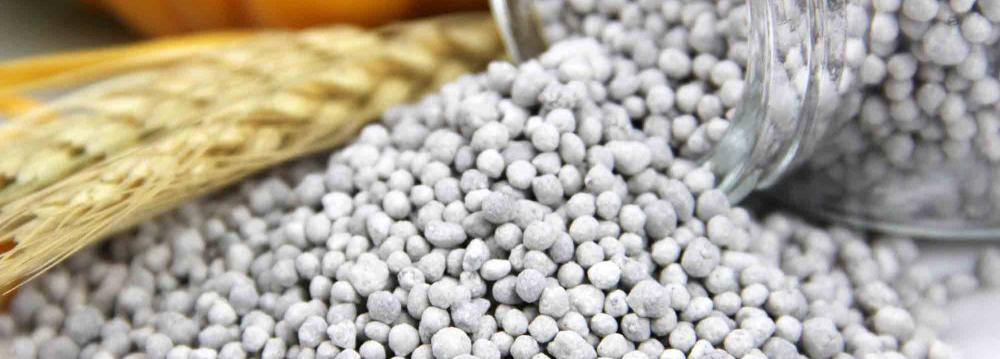The Head of the Pesticide and Fertilizer Importers Association has called on the government to cut tariffs on imports of pesticides, which currently stand at a whopping 46%, Mehr News Agency reported.
“The high tariffs give rise to smuggling, in addition to increasing the cost of agricultural products,” Seyyed Mehdi Hosseini was quoted as saying in a meeting between fertilizer and pesticide importers and government officials on Saturday.
Iranian farmers have been using poor quality pesticides made in China and India in recent years in the absence of European products due to the international sanctions imposed over Iran’s nuclear program.
Now with the removal of sanctions in January, as part of the nuclear deal Iran signed with world powers last year, the path is paved for importing quality pesticides from Europe, farmers and their supporters say.
Addressing the meeting, deputy agriculture minister Abbas Keshavarz, said the government has signed an agreement with Germany to supply farmers with pesticides and fertilizers.
“Private producers have a 50% share of the domestic fertilizer market. A few years ago (before Hassan Rouhani took office as president in 2013), Iran used to import 95% of its fertilizers,” he noted.
Growth Potential
Last year, Dublin-based group Research and Market reported that the Iranian fertilizer market is projected to grow at a compound annual growth rate of over 3.5% during 2015-20 due to increasing need for improving the yield of available arable land in the country.
As the government of Iran aims to attain self-sufficiency in the production of staple food crops by 2025, it is anticipated that fertilizer consumption will see a marked increase over the course of the next 5-10 years.
Fertilizers are essential for Iran’s agricultural sector as a major portion of land available for cultivation has poor soil fertility. In addition, due to low precipitation levels, the use of fertilizers becomes a prerequisite to enhance agricultural output.
Owing to abundant natural gas reserves, Iran has several manufacturing facilities engaged in the production of urea and other nitrogen-based fertilizers. However, demand for phosphate and potash fertilizers is predominantly met through imports.
Some of the leading players operating in Iran’s fertilizer market include Pardis Petrochemical Company, Kermanshah Petrochemical Company, Khorasan Petrochemical Company, Razi Petrochemical Company and Shiraz Petrochemical Company.
Urea Joint Venture
Back in May, the Indian media reported that local fertilizer companies have shortlisted a subsidiary of Iran’s Bank Pasargad for jointly setting up a urea manufacturing plant in the southern port city of Chabahar.
A consortium of Indian state-owned Rashtriya Chemicals and Fertilizers, Gujarat Narmada Valley Fertilizers & Chemicals and Gujarat Chemicals and Fertilizers looks to set up a gas-based urea/ammonia production plant in Iran, the Business Standard reported.
The plant is proposed to use cheap gas supplied by Iran to manufacture crop nutrients for export to India. The consortium has selected private sector Pasargad Energy Development Company, which owns land in Chabahar, for a joint venture.
The proposed project would have an annual capacity of 1.3 million tons of urea that would be exported to India.
According to the report, the Tehran government has indicated a gas price of $2.9 per mmbtu for the project, which is cheaper than the price in India’s domestic market.
India’s annual urea demand is about 30-31 million tons, while the domestic production is 23-24 million tons.
The Indian government has been encouraging domestic companies to establish joint ventures with countries rich in raw materials required for fertilizer production and based on buyback deals.


